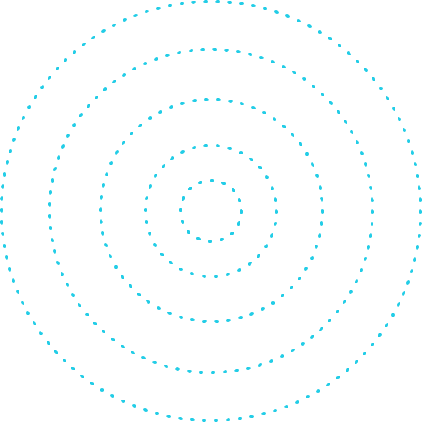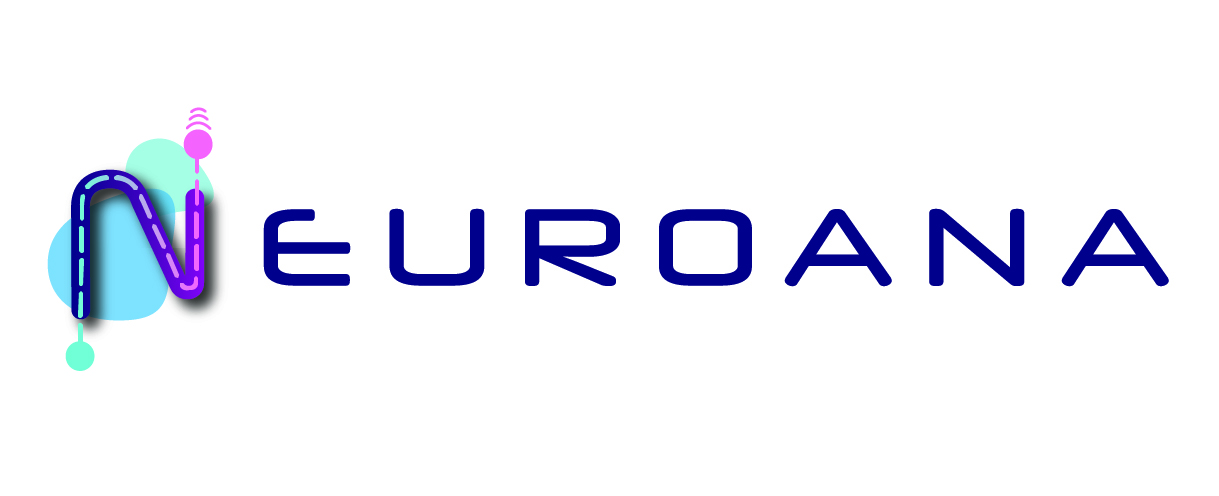Noninvasive neurostimulation treatments are increasingly being used to treat major depression, which is a common cause of disability worldwide. While electroconvulsive therapy (ECT) and transcranial magnetic stimulation (TMS) are both effective in treating depressive episodes, their mechanisms of action are, however, not completely understood. ECT is given under general anesthesia, where an electrical pulse is administered through electrodes placed on the patient’s head to trigger a seizure. ECT is used for the most severe cases of depression and is usually not prescribed before other options have failed. With TMS, brain stimulation is achieved through rapidly changing magnetic fields that induce electric currents underneath a ferromagnetic coil. Its efficacy in depressive episodes has been well documented. This project aims to identify the neurobiological underpinnings of both the effects and side effects of the neurostimulation techniques ECT and TMS. See here for the full article, or the brief version.
Decoding the Mystery: Study to Uncover Neurobiological Mechanisms of ECT and TMS in Depression Treatment


0 Comments